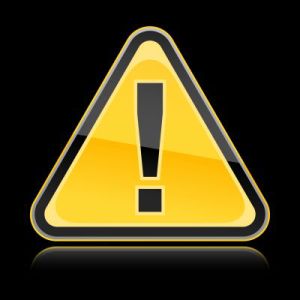 Australian law firm Herbert Smith Freehills (HSF) released an article that says offenders of occupational hazard safety should not be allowed to disclose its identity to the public.
Australian law firm Herbert Smith Freehills (HSF) released an article that says offenders of occupational hazard safety should not be allowed to disclose its identity to the public.
In a tweet by its lawyer Fiona Austin, "Great win in the Supreme Court! No more naming and shaming for health and safety offenders in Queensland”, stirred some controversies on whether to publicly disclose the name of health and safety offenders. This is a mere case of shaming the offenders. This court ruling outraged OHS professionals and this puts the Supreme Court in a difficult situation.
Other mixed reactions also came out. Some say they totally miss the point of why OHS "criminals" should be publicly named. The published article discusses how a decision under the Penalties and Sentences Act of 1992 (QLD) may prevent the OHS regulator in Queensland (Work Health and Safety Queensland) from publicly disclosing the list of names of OHS offenders on its website.
Queensland has many companies convicted for work and health safety offence with an order that "no conviction be recorded.” They have the power to urge regulators to delete traces of their identification in any publication.
The ruling of the Supreme Court further aggravated the ignorance of the public. This puts the public in a disadvantaged position of not allowing the people to be aware of the consequence of non-compliance in OHS laws. It also defeats the purpose of an OHS regulator i.e. to raise awareness of the consequences of breaching OHS law. The consequence is psychological. It would possibly impact the behaviour of employer and worker relationship in relation to workplace safety.
“Herbert Smith Freehills acted for the Applicant arguing that the Prosecution List website publication amounted to a permanent record and was contrary to the Act. Conversely, Workplace Health and Safety Queensland argued that the publication was intended to be an information-sharing process to raise awareness of work health and safety laws which was temporary in nature being intended to appear for only five years.”, said Fiona Austin.
ACE Group indicated in its published report that awareness of corporate occupational hazard safety and failures is critical in validating the background of workers. Usually, firms screen subcontractors for qualification, experience and financial capability but safety history and performance are being neglected in the criteria. The screening criteria should therefore incorporate subcontractor safety performance, their Bureau of Labour Statistics lost time incidence rates and their experience modification rates. Likewise, their citation record in the OSHA along with their general safety procedures and culture will also be considered as useful gauge.
The level or “state of knowledge” is an important element in identifying what is “reasonably practicable” in controlling hazards at work. WorkSafe Victoria indicated in its report that, “knowledge about the hazard or risk, or any ways of eliminating or reducing the hazard or risk, must be determined objectively by reference to what the person concerned who actually knows, and what a reasonable person in the duty-holder’s position is required to comply with the same duty should know.”
In legal lingo, what a person knows, or reasonably ought to know, is commonly known as the “state of knowledge.”
The issue should be subject to further appeal to the higher court. The decision of the Supreme Court threatens the OHS “state of knowledge” which in turn impedes the Australian firms from comprehending the consequences of not complying with the OHS laws.
Fiona Austin’s win is in itself not to be considered a victory. This is tantamount to explicitly limiting the access to valuable information about the credentials of contractors and tenderers. Not only that it blocks justice, it also undermines the effectiveness of due diligence being conducted in the recent Work Health and Safety laws.


